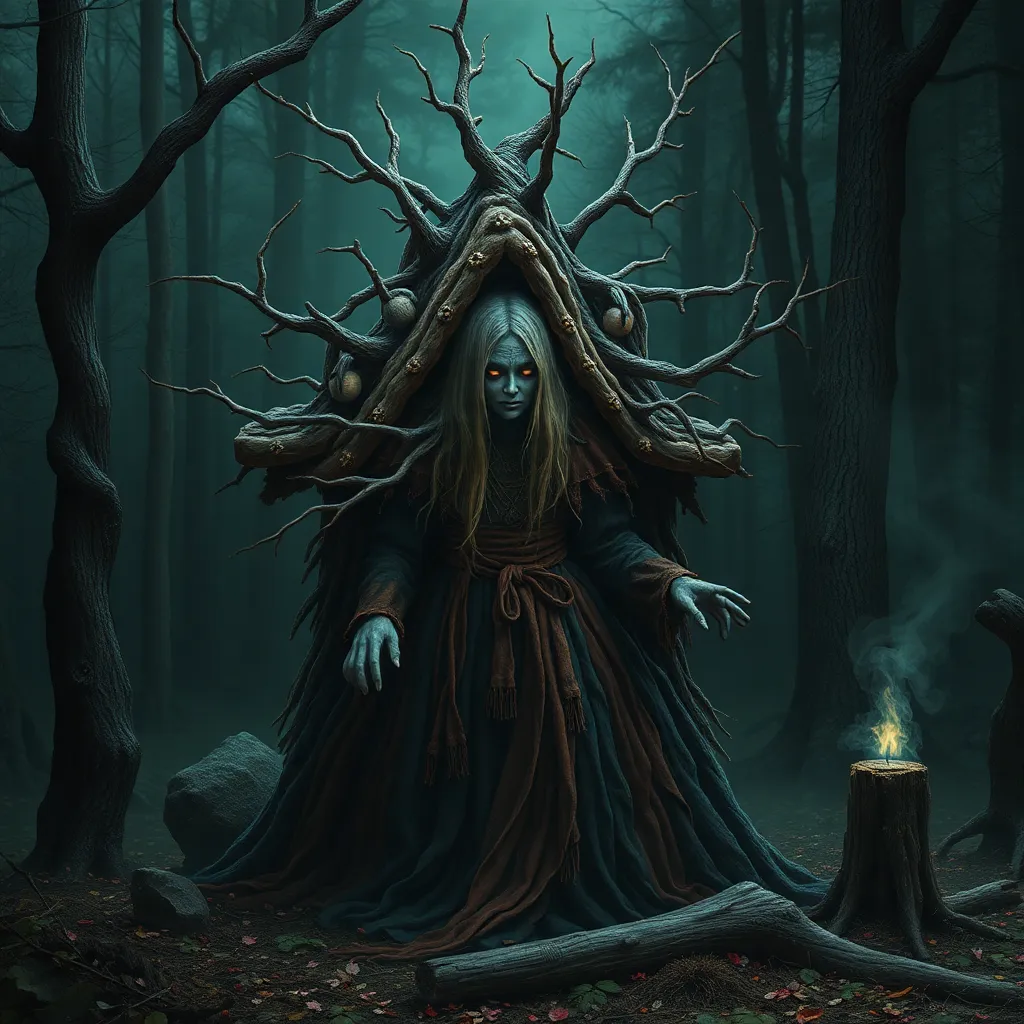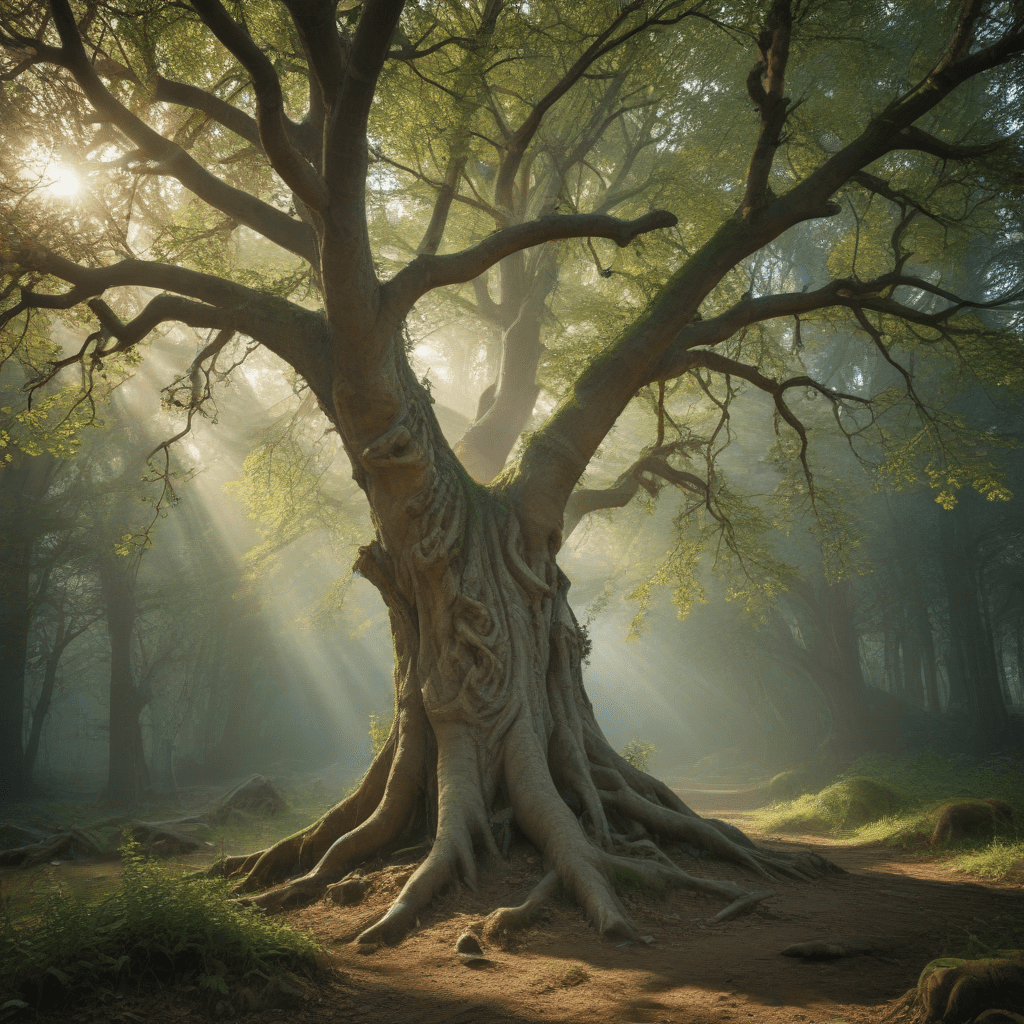Bathala: The Supreme Being in Filipino Mythology
In the rich tapestry of Filipino mythology, Bathala stands as the supreme deity, a figure of immense power and reverence. He is the creator of the universe and the source of all life, holding dominion over the heavens, the earth, and the seas. Bathala's presence permeates the beliefs and practices of the ancient Filipinos, shaping their worldview and influencing their daily lives. While Christianity has become the dominant religion in the Philippines, traces of Bathala's legacy can still be found in traditional stories and rituals, reminding us of the deep roots of Filipino spirituality.
The Creation Myth: The Birth of the World and its People
The story of Bathala's creation of the world is a captivating tale woven into the fabric of Filipino mythology. According to one version, Bathala, dwelling in the ethereal realm of Kasi-Kasihan, summoned the first humans from the earth. Using a magical clay pot, he sculpted the first man and woman, giving them life and breath. Another version explains that Bathala formed humans from stalks of rice, reflecting the importance of agriculture in Filipino culture. These creation myths demonstrate Bathala's immense power and his role as the giver of life, shaping the foundation of Filipino beliefs about the origins of the world and its inhabitants.
Bathala’s Attributes: A Benevolent and Powerful Deity
Bathala is often described as a benevolent and just deity, a protector of humanity and a dispenser of good fortune. He embodies strength, wisdom, and compassion, qualities that are highly valued in Filipino culture. However, Bathala is also a formidable figure, capable of wielding immense power and dispensing swift judgment upon those who transgress his laws. His wrath is feared, reminding people of the consequences of their actions and the importance of living a righteous life. The dual nature of Bathala, both benevolent and powerful, reflects the complex relationship between humans and the divine in Filipino mythology.
The Role of Bathala in the Filipino Pantheon
Bathala presides over a vast pantheon of deities, each with their own domain and influence. He is the ultimate source of power, the supreme being who governs the entire universe. Other deities, such as the goddess of the moon, the god of the sun, and the spirits of nature, answer to Bathala's authority. This hierarchical structure reflects the traditional social order in pre-colonial Philippine society, where the datu or chief held the highest position. Bathala's position at the pinnacle of the pantheon underlines his importance as the ultimate authority figure in Filipino mythology.
Bathala and the Cycle of Life, Death, and Reincarnation
Bathala plays a crucial role in the Filipino understanding of the cycle of life, death, and reincarnation. He is the ultimate arbiter of destiny, deciding the time and manner of each person's death. After death, the soul of the deceased is believed to travel to the underworld, where it is judged by Bathala. Those who have lived a virtuous life are rewarded with eternal happiness, while those who have committed evil deeds are punished. This concept of judgment after death emphasizes the importance of ethical conduct and reminds people of the consequences of their actions. Additionally, the belief in reincarnation reinforces the idea that the cycle of life continues, a cyclical nature that Filipinos deeply respect.
Bathala’s Connection to Nature and the Elements
Bathala's influence extends beyond the realm of the spiritual and into the natural world. He is closely connected to the elements, considered the source of their power and the one who governs their behavior. The land, the sea, the sky, and all that dwells within them are under Bathala's watchful eye. This deep connection to nature is reflected in Filipino culture, where respect for the environment and a reverence for the natural world are deeply ingrained. Ancient Filipinos understood that their lives were interconnected with the natural world, and they sought Bathala's favor through rituals and offerings to ensure a bountiful harvest and protection from natural disasters.
Theories on the Origin of Bathala: Influences and Adaptations
The origins of Bathala and his role in Filipino mythology are complex and multifaceted. Scholars have proposed various theories about the influences that shaped his character and the development of his mythology. Some believe that Bathala's concept may have roots in animistic beliefs, where spirits inhabit the natural world and influence human affairs. Others suggest that there may have been connections to Hindu and Buddhist influences, given the proximity of the Philippines to these powerful cultural centers. The process of assimilation, blending, and adaptation has resulted in a unique and complex mythology that reflects the rich history and cultural diversity of the Philippines. It's likely that Bathala, as the supreme deity, absorbed and integrated aspects of various belief systems, eventually culminating in a powerful and influential deity in Filipino mythology.
Bathala’s Impact on Filipino Culture and Practices
Bathala's influence is deeply woven into the fabric of Filipino culture, shaping traditional beliefs, practices, and social structures. His presence is evident in rituals and ceremonies, where people sought his blessings and protection. For example, the "pamamanhikan," a traditional courtship ritual, involved seeking the blessing of both families and invoking Bathala's favor for a successful union. In agrarian societies, Bathala's influence is particularly strong. The success of harvests was attributed to his benevolence, and rituals such as "pagsasaka" (farming rituals) were performed to ensure a bountiful harvest. These practices reflect a deep-seated belief in Bathala's power and his role as the provider and protector of the Filipino people.
The Legacy of Bathala: Preserving the Filipino Mythology
As Christianity became the dominant religion in the Philippines, the worship of Bathala gradually declined. However, his legacy continues to live on, preserved in oral traditions, folktales, and cultural practices. These stories are a testament to the enduring power of Bathala and his influence on the Filipino imagination. Many Filipino artists, writers, and musicians have drawn inspiration from Bathala's mythology, incorporating themes of creation, the cycle of life, and the connection to nature into their works. By preserving these stories and traditions, Filipinos can connect with their heritage and gain a deeper understanding of their cultural identity.
Modern Interpretations of Bathala in Contemporary Filipino Art and Literature
In the contemporary Philippines, Bathala's mythology continues to inspire and influence artists and writers. Contemporary Filipino literature often explores themes of spirituality, identity, and the relationship between humanity and the divine. Many writers draw inspiration from traditional Filipino mythology, reinterpreting the stories of Bathala to reflect contemporary concerns and issues. Similarly, contemporary Filipino artists often incorporate elements of Bathala's mythology into their works, using his image and symbolism to explore themes of creation, power, and the human condition. These works demonstrate that Bathala remains a potent symbol of Filipino culture, inspiring new generations of artists and writers and enriching the tapestry of Filipino art.
FAQs:
1. What is Bathala's role in Filipino mythology?
Bathala is the supreme deity in Filipino mythology, considered the creator of the universe and the source of all life. He holds dominion over the heavens, the earth, and the seas, and he is responsible for the cycle of life, death, and reincarnation.
2. How does Bathala influence Filipino culture?
Bathala's influence is deeply woven into the fabric of Filipino culture, shaping traditional beliefs, practices, and social structures. He is associated with rituals, ceremonies, and beliefs about the natural world, agriculture, and the cycle of life.
3. What is the significance of Bathala's connection to nature?
Bathala's connection to nature reflects the importance of respecting the environment and the interconnectedness of human life with the natural world in Filipino culture.
4. What is the legacy of Bathala?
Bathala's legacy continues to live on through oral traditions, folktales, cultural practices, and contemporary art and literature. He remains a potent symbol of Filipino culture and a source of inspiration for artists and writers.
5. How is Bathala portrayed in contemporary Filipino art and literature?
Contemporary Filipino artists and writers often draw inspiration from Bathala's mythology, reinterpreting his stories and symbolism to explore themes of spirituality, identity, and the relationship between humanity and the divine.



